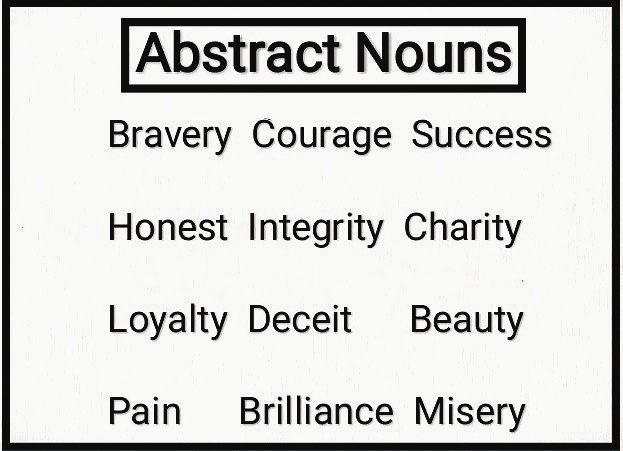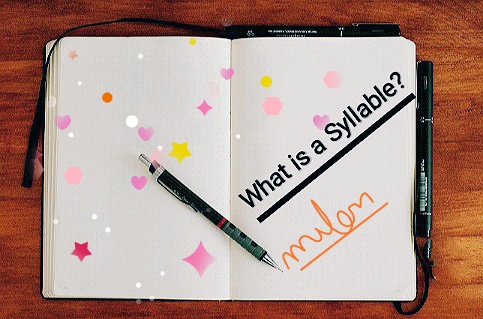What is Simple Preposition?

Simple prepositions are short words used to define relationships between nouns, pronouns, or even join parts of a clause or sentence. Some examples of simple prepositions are with, of, in, on, over, at, under and by etc. We will form simple sentences using these prepositions, so that their usage is better understood.
- She was sleeping on the floor.
- He over stayed in the hotel.
- The Golden temple is at Amritsar.
- She took rest under a tree.
- His office is just by the next street.
In the above sentence- on, over, at, back, by simple preposition. In the first sentence 'on' gives the location where the person is sleeping. The second sentence 'over' indicates the duration of his stay and the third indicates the location of the Golden Temple. Similarly we may use many prepositions in our daily conversation without even realizing it. Now try to form other sentences like your own using simple prepositions.
Examples of simple prepositions:
- I'm not coming with you all.
- Sister is working in the kitchen.
- She’ll be late for his flight.
- He is sleeping on the sofa.
- The acting of an actor was so good.
- The Eiffel tower is in Paris.
- She hides a treasure under a tree.
- My office is just by the next street.
- He left school in 2020.
- She went to bed earlier tonight.
- They finished their match in just 45 minutes.
- She went to the hospital for treatment.
- Be careful with the spikes of a tree.
- You have to be proud of yourself for not giving up.
- They were successful in doing business.
- Get me out of this situation at any cost.
- We did a lot of shopping during the sales offer.
- I always try to be polite in front of people.
- You have to worried about your job.
- I don’t agree with you.
Exercise/ worksheets with MCQs and Answers
1. The book and pen you need are _____ the table.a) at
b) on
c) under
2. She was hiding _______ a tree.
a) behind
b) over
c) under
3. I was sitting in ________ my three friends.
a) after
b) before
c) between
4. I saw him walking ________ the hill.
a) towards
b) before
c) out
5. She arrived _______ his Boss did.
a) behind
b) over
c) before
6. The flowers were falling ______ from the tree.
a) over
b) down
c) lower
7. It is warmer inside ______ outside.
a) than
b) to
c) in
8. The damage was ________ repair.
a) on
b) beyond
c) over
9. The crow flies _______ the land.
a) on
b) along
c) above
10. Put the vegetables ______ the fridge.
a) after
b) into
c) till
11. Soldiers fight ______ external threats.
a) for
b) after
c) against
12. Butter _____ bread is my favorite breakfast.
a) with
b) along
c) on
13. The Christmas comes ________ the Easter.
a) before
b) after
c) till
14. Paid my rent _____ the office owner.
a) to
b) for
c) over
15. I'm not going there _____ you.
a) behind
b) without
c) apart
16. The book was ______ wildlife.
a) over
b) in
c) about
17. She was standing ______ a tree.
a) on
b) over
c) under
18. Get away _______ there as soon as you can.
a) to
b) from
c) over
19. Wait _____ I come back.
a) till
b) after
c) from
20. Stay ______ of trouble always.
a) in
b) over
c) out
Answers- 1) b, 2) a, 3)c, 4)a, 5)c, 6)b, 7)a, 8)b, 9)c, 10)b, 11)c, 12)a, 13)b, 14)a, 15)b, 16)c, 17)c, 18)b, 19)a, 20)c.




















